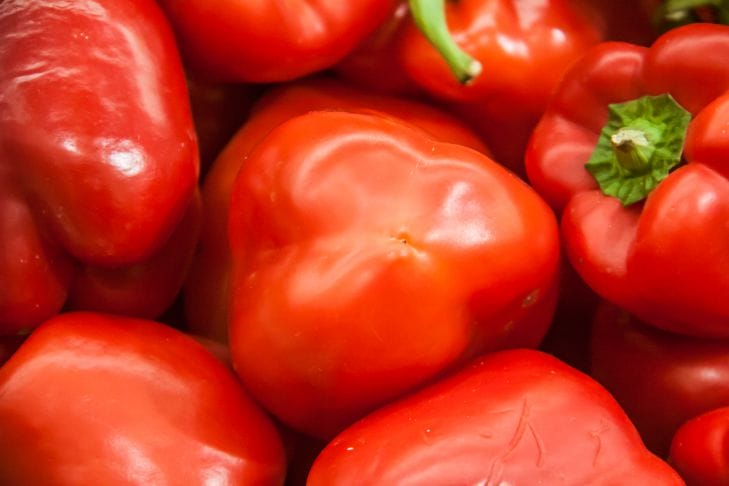Are your peppers withering, while your neighbors are bursting with fruit? Perhaps you are making a fatal mistake that you don’t even know about!
Gardeners' World has published shocking statistics: 7 out of 10 gardeners plant peppers in areas where they are doomed to die.
Oleg Sidorchuk , an agronomist with 30 years of experience, said in an interview for the podcast “Harvest Beds”:

"Peppers are not capricious, but their roots hate five places. Ignoring this, you lose up to 80% of the harvest."
We looked at Cornell University research and collected stories from desperate gardeners. Point #3 will make you grab your head…
Shadows from buildings: an invisible enemy
Peppers need at least 8 hours of direct sun per day. Planting them on the north side of a house or shed is a common mistake.
A 2021 experiment conducted by the University of Florida found that plants in partial shade produced 60% fewer fruit sets.
Anna from Voronezh writes on the forum "Dachny Klub":
"I thought the problem was in the soil until I noticed that the shadow from the gazebo covered the bed from 2:00 p.m. I replanted the peppers - I collected a bucket from the bush!"
The bed after tomatoes: a trap for pathogens
Solanaceous crops (tomatoes, potatoes, eggplants) leave common pests and fungi in the soil. Phytophthora and verticillium wilt persist for up to 4 years.
Professor Lidiya Morozova from the Timiryazev Academy warns:
"Crop rotation is not a whim, but a rule of survival. Peppers after tomatoes is Russian roulette." Organic Living magazine called such planting "suicide for the crop."
Next to Fennel: Chemical Warfare
Fennel produces substances that inhibit the growth of peppers.
A 2020 study published in the Journal of Applied Botany confirmed that proximity to fennel reduced pepper yields by 35%.
"I planted fennel for tea, and a month later the peppers stopped growing. I pulled it out, and two weeks later the bushes came back to life!" Irina from Sochi shares in the comments to the YouTube channel "Garden without hassle".
Lowland with stagnant water: a swamp instead of a garden bed
Peppers do not tolerate over-watering. In lowlands where water accumulates, their roots suffocate and rot.
Modern Farmer magazine compared the conditions to a "suffocating blanket."
Dmitry from Rostov-on-Don writes:
"Every year the peppers turned yellow and fell. It turned out the plot was in a lowland. I raised the beds by 30 cm - and the problem disappeared."
Under the walnut: a poisonous cocktail
Walnut roots secrete juglone, a toxin that kills nightshades.
Even at a distance of 10 meters from the tree, peppers can wither.
Plant allelopathy expert James Cox told The Guardian : "Juglon disrupts cellular respiration - it's like slow poisoning."
Maria from Krasnodar wrote on Instagram:
“I cut down an old walnut tree, and within a season the peppers had grown three times larger!”
Conclusion
Peppers do not forgive mistakes in choosing a place, but it is not too late to fix everything! If your bushes have already suffered, try an emergency transplant in the first 10 days.
